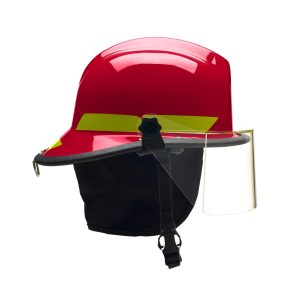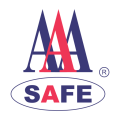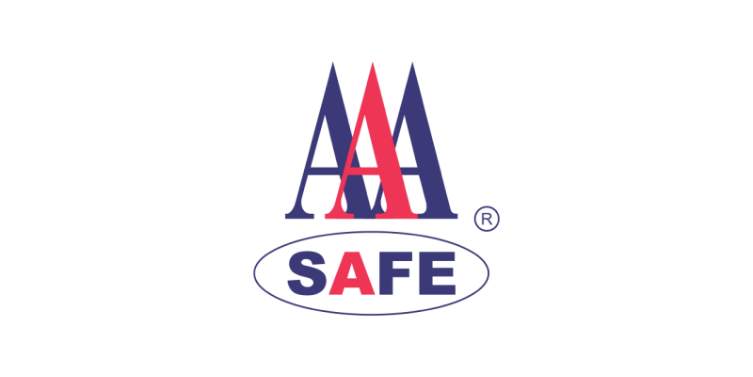Fire safety is a paramount concern for businesses and property owners in the United Arab Emirates (UAE). Given the rapid urban development and the prevalence of high-rise buildings, the UAE has implemented rigorous fire safety regulations to safeguard lives and properties. This comprehensive guide outlines ten mandatory fire safety protocols that businesses and property owners must adhere to in order to ensure compliance and enhance safety in the UAE.
1. Understanding the UAE Fire and Life Safety Code of Practice
The UAE Fire and Life Safety Code of Practice is the cornerstone of fire safety regulations in the country. This code provides extensive guidelines concerning the design, construction, and maintenance of buildings to mitigate fire risks effectively. For developers, contractors, and property owners, a thorough understanding of this code is crucial to ensure that all aspects of fire safety are integrated into their projects. The code addresses everything from structural fire protection to the integration of safety systems, making it a fundamental resource for anyone involved in building or property management in the UAE.
2. Installation of Fire Detection and Alarm Systems
One of the primary requirements in the UAE is the installation of fire detection and alarm systems in all buildings. These systems play a critical role in the early detection of fires, enabling occupants to evacuate safely and promptly. The systems must be installed by certified professionals and maintained regularly to ensure they are fully operational when needed. Regular testing is also mandatory to verify the reliability of these systems. A well-maintained fire alarm system can significantly reduce the potential damage caused by a fire and enhance overall safety.
3. Implementation of Fire Suppression Systems
Fire suppression systems, including sprinklers and fire extinguishers, are essential for controlling fires and preventing their spread. In compliance with the UAE Fire and Life Safety Code, these systems must be installed in strategic locations throughout a building. Proper maintenance and periodic checks are required to ensure that these systems function effectively. Sprinkler systems must be tested and serviced regularly, and fire extinguishers should be inspected to confirm they are fully charged and accessible. Effective fire suppression systems can limit the extent of a fire, thereby protecting both property and lives.
4. Use of Fire-Resistant Materials
The choice of building materials is crucial for fire safety. The UAE mandates the use of fire-resistant materials in construction to minimize the risk of fire spread. These materials, which include specific types of cladding, insulation, and structural components, must meet rigorous safety standards and be certified by relevant authorities. By utilizing fire-resistant materials, buildings can withstand higher temperatures and resist the spread of flames, thereby providing occupants with more time to evacuate and reducing the potential for significant damage.
5. Development of Emergency Evacuation Plans
Every property in the UAE is required to have a well-documented emergency evacuation plan. This plan should detail clearly marked escape routes and emergency exits, which must be kept unobstructed at all times. Additionally, regular fire drills are essential to ensure that all occupants are familiar with the evacuation procedures and can act quickly in the event of a fire. An effective evacuation plan helps to ensure that everyone can exit the building safely and efficiently, reducing the risk of injury during an emergency.
6. Compliance with Civil Defense Requirements
Adhering to the requirements set by the Civil Defense authorities is a mandatory aspect of fire safety compliance in the UAE. This involves obtaining the necessary permits and certifications for fire safety systems, as well as undergoing regular inspections by Civil Defense officials. These inspections are designed to ensure that properties meet fire safety standards and address any deficiencies that may be identified. By complying with Civil Defense requirements, businesses and property owners can ensure their fire safety measures are up-to-date and effective.
7. Regular Fire Safety Inspections and Maintenance
Routine inspections and maintenance of fire safety equipment are critical for ensuring readiness in an emergency. This includes regular checks of fire alarms, extinguishers, sprinklers, and emergency lighting systems. Any issues identified during these inspections must be addressed promptly to maintain compliance and ensure that all equipment functions correctly when needed. Regular maintenance not only helps to keep fire safety systems in optimal condition but also reduces the likelihood of equipment failure during a fire.
8. Training and Education on Fire Safety
Providing training and education on fire safety is essential for all employees and occupants. Training should cover the proper use of fire extinguishers, the significance of fire alarms, and the knowledge of evacuation routes. Regular training sessions help to reinforce the importance of fire safety and ensure that everyone is prepared to act appropriately in the event of a fire. By investing in fire safety training, organizations can foster a culture of safety and ensure that all individuals are equipped with the knowledge needed to protect themselves and others.
9. Creation of a Fire Safety Management Plan
A comprehensive fire safety management plan is a crucial component of fire safety compliance. This plan should outline all aspects of fire prevention, detection, and response, including detailed roles and responsibilities during an emergency. Regular reviews and updates to the plan are necessary to ensure its effectiveness and to incorporate any changes in fire safety regulations or building conditions. A well-structured fire safety management plan helps to ensure that all aspects of fire safety are addressed and that the response to a fire is well-coordinated and effective.
10. Integration of Smart Fire Safety Technologies
The UAE is increasingly adopting smart technologies to enhance fire safety. The integration of Internet of Things (IoT), artificial intelligence (AI), and machine learning allows for real-time monitoring of fire risks and predictive assessments. Smart sensors and systems can detect early signs of fire and provide immediate alerts, offering an additional layer of protection. By leveraging these advanced technologies, businesses and property owners can improve their fire safety measures and enhance their ability to respond to potential fire hazards.
Conclusion
Ensuring compliance with fire safety protocols is not only a legal requirement in the UAE but also a moral obligation to protect lives and properties. By adhering to the UAE Fire and Life Safety Code of Practice and implementing these ten mandatory protocols, businesses and property owners can significantly reduce the risk of fire incidents. Prioritizing fire safety helps to create a secure environment, enhances the reputation of businesses, and contributes to the overall safety and well-being of the community. Taking these steps seriously and incorporating the latest technologies and best practices into fire safety strategies will help to ensure that all properties in the UAE remain safe and compliant with the highest standards of fire safety.












